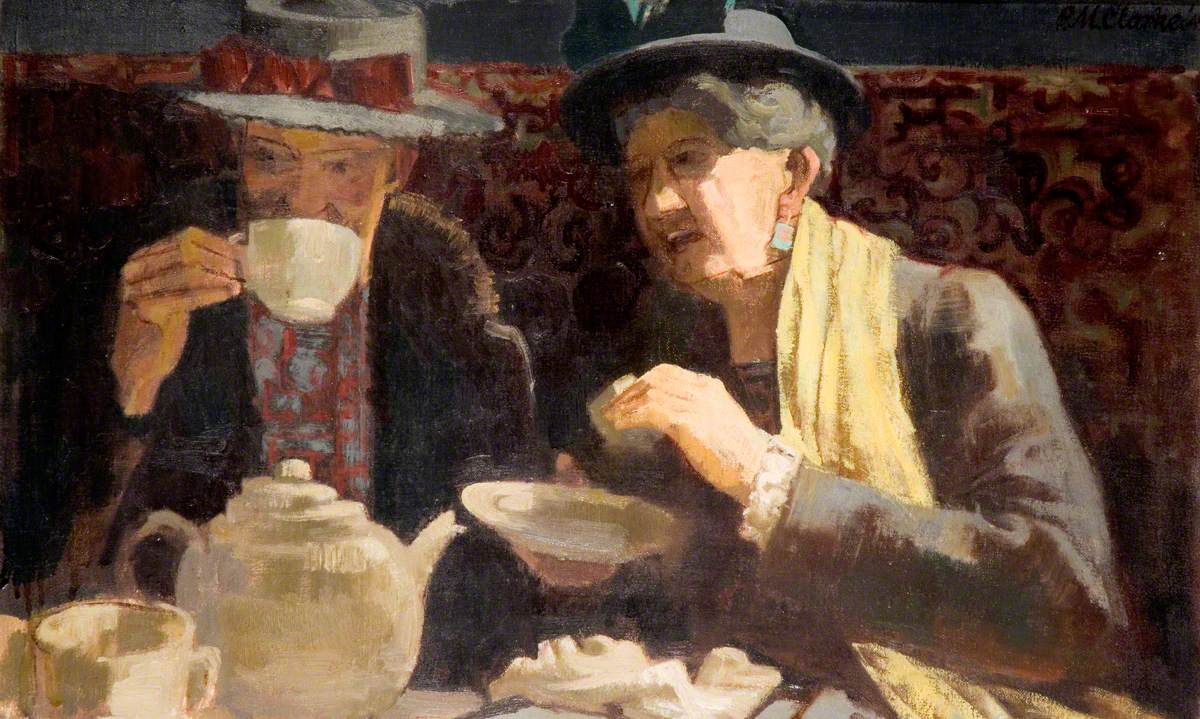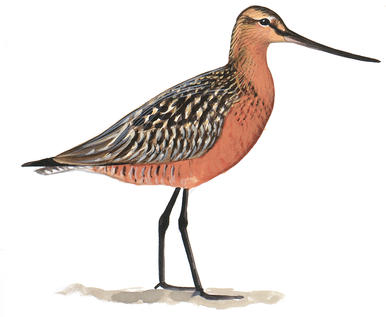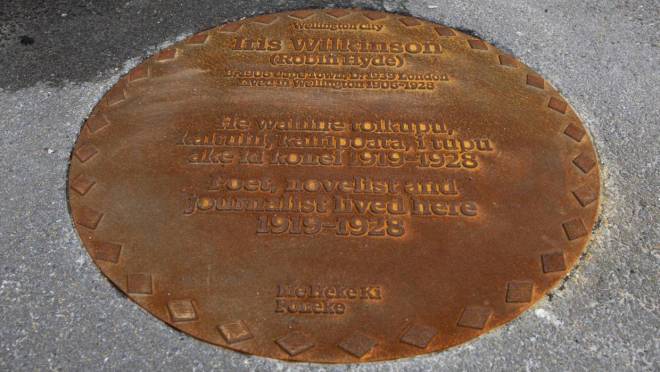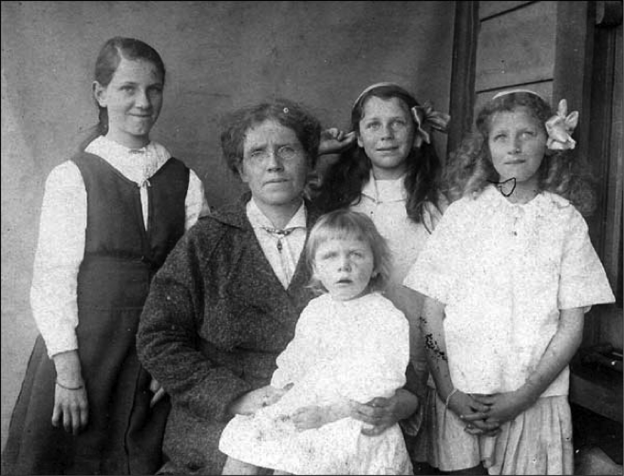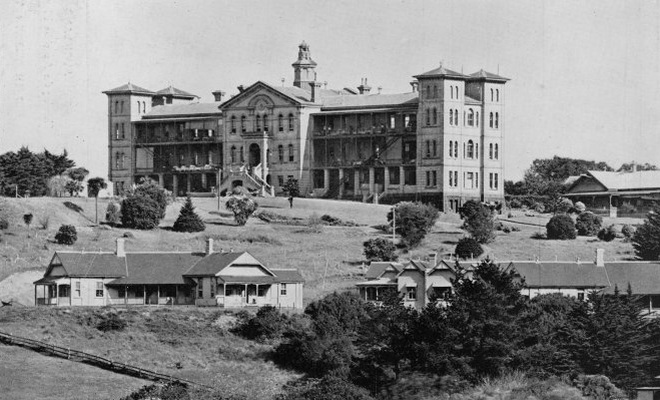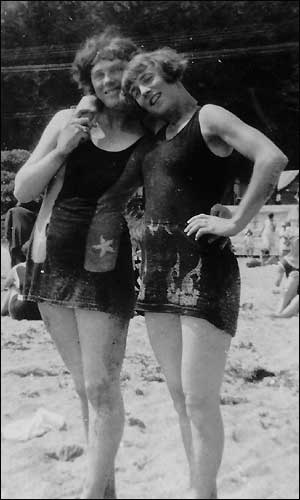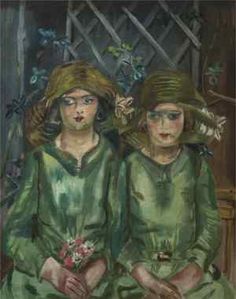Is it ‘that she is so damned unputdownable’? Has Dorothy Whipple’s reputation suffered from the ‘readability factor’? These are questions that Harriet Evans asks in her preface to Because of the Lockwoods. The problem with the ‘page-turners’, that in all honesty we love so much, is that, in turning the pages too rapidly, we miss so much. Whipple’s narratives are so compelling, driven by such vivid characters, that we cannot help rushing on, too often missing the tiny detail that defines a person or a room, that makes a place real; we fail to notice the change of voice, or the tone of the whispered aside, and we ignore the commas. We miss the gentle humour, the understated irony, the shared joke.
Bewailing her lack of recognition in ‘literary’ circles, Harriet Evans praises Dorothy Whipple for showing ‘the lives of normal people, where she makes the ordinary extraordinary’. I would add that she perceives the extraordinary, the special, behind the ordinary. A drab, dishevelled, and exhausted middle-aged woman, carrying a cheap suitcase, gets on to a bus late at night, the only passenger, to a distant destination. A younger woman, steps into the street, an incongruous pink rose in her hat, and a bulky parcel swinging awkwardly from one hand. Who? Why? What next?
Her curiosity (not always sympathy) is limitless and infectious. We can almost hear her saying, ‘look around you’, ‘listen’. The telling detail, the revealing phrase, a tone of voice, the briefest of authorial asides, characteristic of all her writing, are at the very heart of her short stories. And for a while, having read them, we might notice the sad face at the bus stop, the cumbersome package, the frayed cuff at the supermarket checkout; and we wonder what lies behind the anxious or smiling glance at a mobile phone, and regret our own limited imagination and narrative skills.
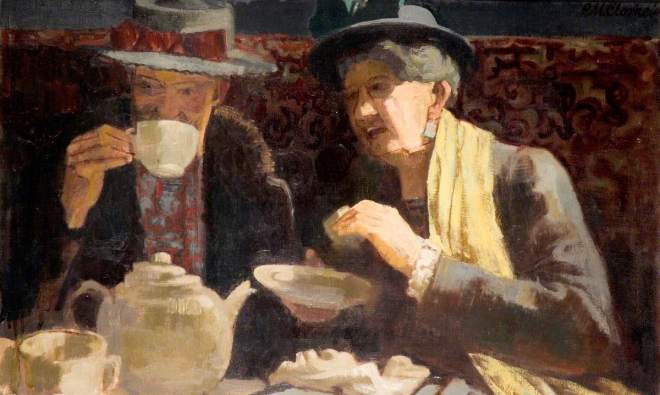
Whipple’s economy of style is perfectly suited to the short story. Take the opening sentence of the opening story in Every Good Deed: ‘The Miss Tophams lived tranquilly at the Willows, a pleasant house left to them, with an adequate income, by their parents’ – twenty-one words, and three commas. One hundred and twenty-two characters, less than half a tweet, but we can deduce that the women are spinsters, good-enough women, who get on well together, probably middle- aged (their parents are dead), comfortable but not rich, and that they have a house, not grand, but substantial enough for the garden to contain more than one willow tree. And we can guess that something, or someone, is about to disturb the tranquillity, although there is nothing to suggest a tragic outcome. On the basis of the first three lines of a 120 page novella, we can permit ourselves (though we may be wrong) to hope that things will turn out (at least adequately) well for the Miss Tophams.
We can’t be so sure in the case of Miss Pratt. The title, ‘Miss Pratt Disappears’, does not bode well, nor the opening lines: ‘”I think I’ll go and pack now,” said Miss Pratt. She said it as if she hoped they would protest.’ We recognise the spinster, on the move, regretfully acknowledging that ‘they’ – hosts, family perhaps – won’t miss her. Our fears are confirmed as she bravely retains ‘the half-smiling diffidence that had come upon her since she had lived with relations’. Dorothy Whipple sums up her plight in one brief sentence: ‘In the back bedroom, Miss Pratt took her fibre suitcase from under the bed.’ Miss Pratt is an unwelcome guest, reluctantly accommodated in a lowly ‘back’ bedroom, whose few possessions can be contained in a cheap suitcase, small enough to fit under a bed. But Miss Pratt is brave, and beneficent angels, though they may not outnumber cruel relations, can sometimes prove a match for them.
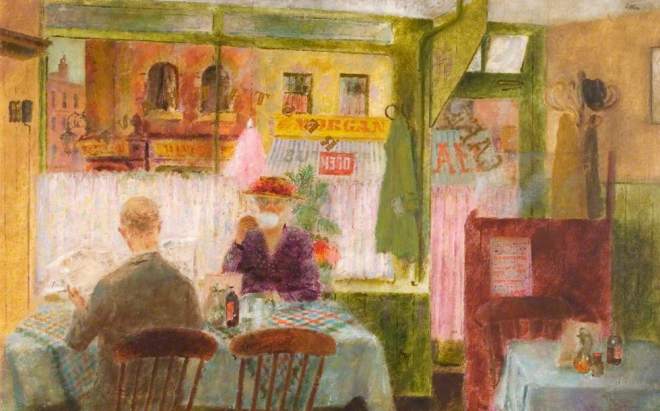
A shabby suitcase epitomises Miss Pratt’s condition. The diminishing fortunes of the Misses Topham are evident in the frayed cuffs of their quilted silk dressing gowns. Their innocent faith that everybody is ‘surely what they vaguely termed “all right underneath”’ has been tested by an ungrateful, dishonest ward: ‘Gwen’s attitude towards the Miss Tophams was more and more the attitude of some men towards women. She looked upon them as creatures to be taken advantage of, deceived, humoured, played up to.’ Their capital has been further reduced bringing up her wayward, if more grateful, son. Susan’s patched dressing-gown we are told is crimson, ‘Emily’s peacock blue’. Another writer might not have bothered with the colour, or have been content with red and blue, but not Dorothy Whipple. There is something both tender, and slightly comic in specifying the precise shades, which suggest both a touch of permissible vanity, and a sisterly closeness, somewhat girlish, faintly Tweedledum and Tweedledee.
Whipple also uses imprecision to effect. With no experience, and little aptitude, Mr Pink and his wife are persuaded by a property developer to set up a boarding house. Decorating, if that’s not too strong a word, ‘Mrs Pink had provided for others as she had always provided for herself and Arthur.’ And here we expect a list of welcoming home comforts, but we have been adroitly wrong-footed. ‘In consequence, the beds were thin, the blankets thin, the mats on the floor thin and the curtains at the windows mere strips that would never draw together. The wash on the walls was thin, pale mauve, pink, blue, different in every room, but the paint the same all over, a bluish white.’ Thin, thin, thin. The clean but dull chill of ‘Rosedene’ is almost palpable. Its failure is inevitable, hastened by a deeply spoilt, demanding guest, absurd, comically out of place, and thoroughly disruptive: Mrs Moore is a lonely widow, but even Dorothy Whipple can be pitiless.
And she is brilliant at comic cameos. Mrs Ware has only a walk-on part in Tea at the Rectory but she is unforgettable. Whipple is not unkind, but she is maddened by self-centredness. Richard, a soldier still traumatised by his recent war service, must listen politely to Mrs Ware, while she is oblivious to his shaking hands.
‘This is one of my wastepaper baskets,’ said Mrs Ware, indicating a sort of Leaning Tower of Pisa in straw beside the mantlepiece. It was ornamented, though that is not the word, by the usual female figure in a crinoline and poke bonnet. The bonnet hid the face, which was convenient because Mrs Ware was not good at faces. ‘I sometimes put a row of delphiniums instead of hollyhocks,’ said Mrs Ware, ‘and I sometimes put my lady the other way round.”
‘Really?’ said Richard, looking wild.
The expressive power of italics!
Once again we feel that we are right beside Dorothy Whipple, and struggling to contain our giggles. We can see those baskets, we have seen those baskets. Similarly, when she lets drop that the Miss Tophams’ cook Susan ‘after dire experience, had now mastered the kitchen range’, she seems to be adding, ‘I could tell you more, but I can trust you to guess.’ And we can smell the burnt cutlets, and taste the unrisen cake.
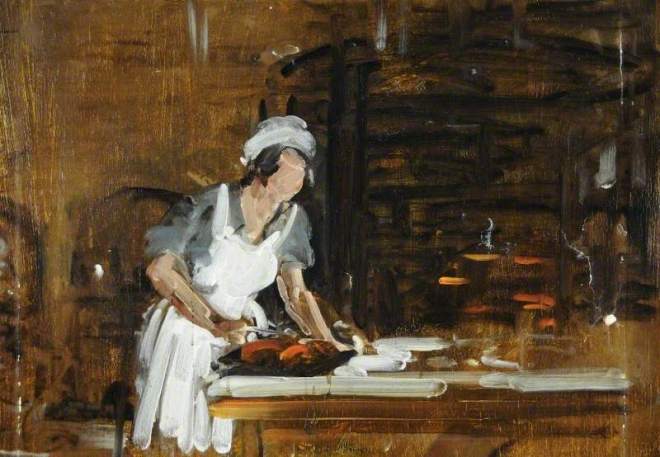
Of the ten stories in the collection five appeared during or immediately after the war, but the references are surprisingly few: a recovering soldier, one almost grown-up evacuee, and a handy explanation provided for the closure of a guest house (in truth Mrs Moore did more damage than the threat of bombs). Only in ‘One Dark Night’ is the war central to the narrative, a frightening, ultimately redemptive, walk in the blackout. ‘Mrs Mason was horrified when she came out of the pictures. It was pitch dark. She stood on the rubberoid steps of the Smart Cinema and looked, appalled, into the night. However was she going to manage?’ It is so typical of Whipple to specify that the steps are ‘rubberoid’, and plant our feet on them beside Mrs Mason’s. ‘In the daytime, she could walk about with a firm step, giving orders, impressing people with her money and her expensive clothes; in the daytime she was all right. But in the dark she shuffled along like an old beggar, terrified, alone and in danger.’ Mrs M is another rich, ungenerous widow, sister under the skin of Mrs Moore the selfish guest, but Whipple grants her momentary self-awareness, and a dose of courage. Fortune favours the brave.
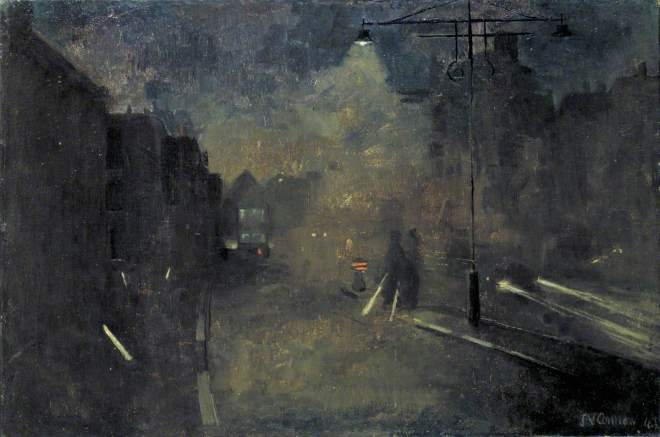
We have learnt from her novels that angels come in many forms. Dorothy Whipple is a profoundly moral writer, unfashionably so, some might argue (though not her devoted fans), and on the whole, in this very varied collection, less dark than The Closed Door, the good, the generous and the courageous are rewarded, the bad get their just deserts, and there are some startling twists.
